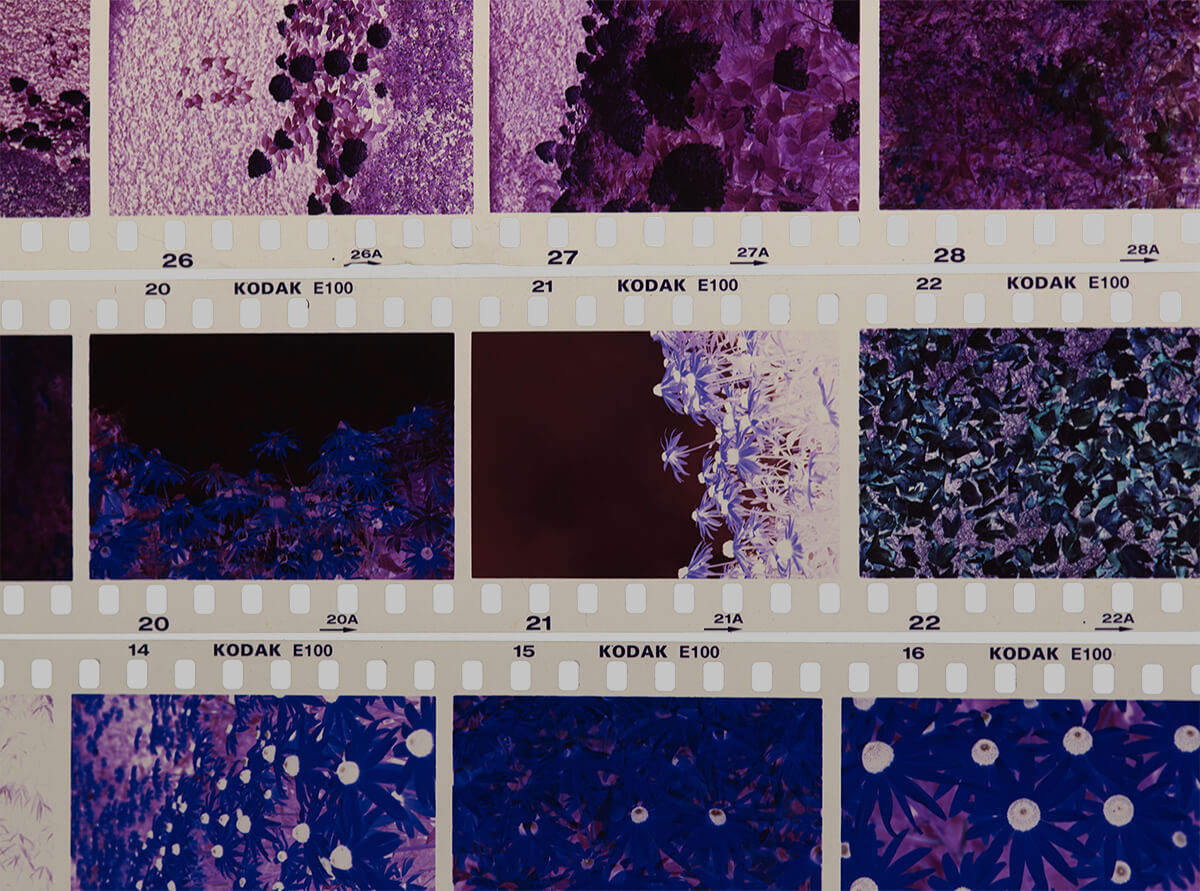INSIGHT
Tips for Creating a Photo Series
DEVELOPING YOUR PRACTICE
A KIND OF ALCHEMY: TIPS FOR CREATING A PHOTO SERIES
“So, I love you because the entire universe conspired to help me find you.” – Paulo Coelho, “The Alchemist”
Instant gratification is the greatest gift and the worst punishment of our century. We can see the photograph we’ve just taken on the camera’s screen in the blink of an eye. It’s there. Our latest creation. Almost tangible. If it is unsatisfactory, we can quickly adjust camera settings and lighting and take another shot. And another. Or we can use a filter instead. It takes another blink of an eye, powered by the internet, to get the image from the camera to the public worldwide. Likes and comments pour in before we put down the camera or leave the setting.
It’s the same for us as the audience. We can scroll endlessly through beautiful pictures and choose our favorites. From one style to another, one aesthetic to another, one photographer to another in seconds. We have access to the largest photography exhibition ever imagined.
But something is missing, isn’t it? How much one waits for a reward influences how much one enjoys the reward. In the process of running after the next amazing shot, many photographers and viewers risk losing the ability to create and absorb a story.
A photo series is a visual story and requires patience and willingness to go through all the steps. Individually, the photographs might have something to say, but their true secrets are revealed only to those who appreciate a narrative and take the time to move slowly, observe, and read between the lines and colors. Once deciphered, a photo series explodes into plots, characters, intrigue and adventures. A few images can speak as much as an entire novel. And they speak not only about their content but also about their creator and who they are as a photographer and human being. That’s why putting a photo series together is far from being a facile experience.
Banner image: Annie Spratt on Unsplash
WHY ARE YOU CREATING A SERIES?
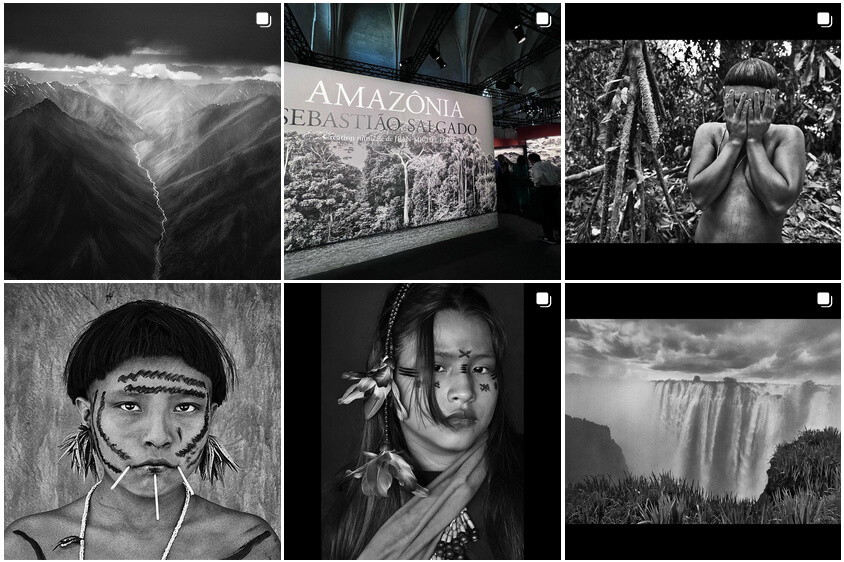
Images © Sebastião Salgado from his Instagram grid. See more at www.institutoterra.org and @sebastiaosalgadooficial
A photo series needs a purpose. And to be an impressive and memorable one, it needs to have an altruistic purpose. A photo series is never solely about the photographer, although the photographer is present in every aspect and benefits the most. On the rare occasion when you see a “Best of” photo series, it belongs to a famous photographer and usually includes several short series and not just individual photographs.
So, why are you creating this series? Whose story are you telling?
You may find purpose in two ways. The first is to focus on telling the story of the people, cultures, cities, animals, landscapes, objects, or events you are photographing. Your subject matter needs attention, so you use your photo series to raise awareness and reveal its less-seen aspects.
The second is to focus on your audience and create a photo series that benefits them. You may want to help your audience build better connections, live healthier, improve their aesthetics, look inward, meditate, or discover something new. There are endless subject matters that need support and endless ways to support your audience.
WHAT IS YOUR THEME?
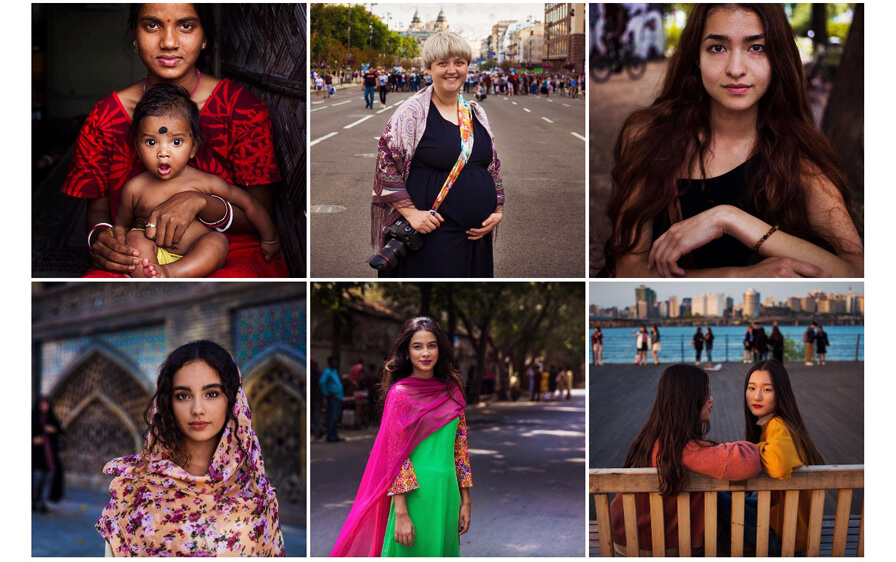
Images © Mihaela Noroc from her Instagram grid. See more at www.theatlasofbeauty.com and @mihaela_noroc
Don’t confuse the main theme of a photo series with your preferred photographic genre. A photo series is a relatively short sequence of photographs (usually between 6 and 20) that focus on a particular subject – it could be a location, and event, a person, a building, a concept… The genre is the framework within which you work, but the theme isn’t generic, it’s surgically precise, and any viewer should be able to identify it without any help from you.
Of course, you can subtly point the viewer in the right direction by adding a concise and well-written statement and a well-thought-out title. And you should, because no one would buy a book without a title or cover, and there’s a reason why prefaces are popular. But the main subject should be so consistent and coherent that no further explanation is required.
HOW WILL YOU SEQUENCE YOUR IMAGES?
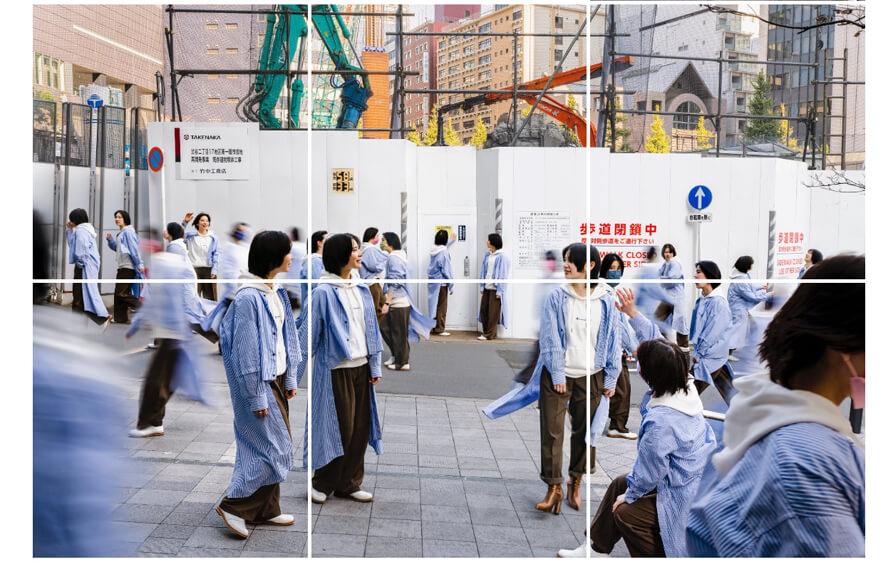
Images © Daisuke Takakura from his Instagram grid. See more at @daisuke_takakura
Placing your photographs in an ordered sequence may be simple when documenting an event with a clear beginning and ending. How about the rest of the time? It’s an aspect to which photographers frequently pay insufficient attention.
The easiest way to create coherent sequencing is to add a temporal dimension. This doesn’t mean you have to take all photographs in the same time interval. But if you can identify a temporal progression when arranging the photos, you are on the right path. For example, you may order your series chronologically, from old to new. Or you may use the time of the day (e.g., from sunrise to sunset), the time of the year (e.g., from spring to winter), or a Before/After approach.
However, time is not the only variable to base your ordering on. You can create a narrative using sequences based on location (e.g., from Paris to Dakar), size (e.g., from tiny to huge, from close-ups to environmental shots), attitude (e.g., from sadness to happiness), movement, color palette (e.g., from pastel pink to striking fuchsia), or concept (e.g., from minimalism to busyness, from traditional to modern). This isn’t to say that you should work linearly – think about the dramatic pattern, the ebb and flow, that you want your series to create.
HOW MUCH OF YOU SHOWS IN YOUR WORK?
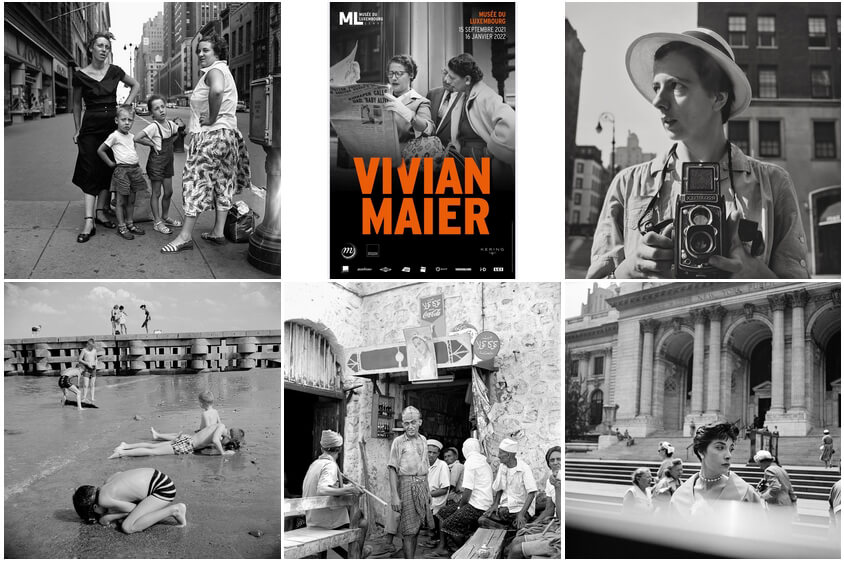
Images © Vivian Maier (1926-2009 from the Instagram grid of her estate. See more at @vivianmaierarchive
Would you take one of Dostoyevsky’s novels as being written by Shakespeare? You would probably not. Your photo series should be different from anyone else’s, even when you use a common theme, such as love, war, or nature.
There is no technique or secret ingredient to do that other than exposing your unique artistic voice, being vulnerable, and trusting your gut. Stick to whatever aesthetic, style, and effect you find appropriate and use them consistently from the first image to the last one. Don’t experiment too much – it’s a sign of unsteadiness. Don’t experiment too little – it’s a sign of playing safe. That’s why it’s important to know why you want to create a particular photo series and what you want to convey. Because once you have an opinion on the matter, it’s impossible not to be personal and consistent about it. A photo series is more about you than individual photographs.
Personality also shows in choosing the colors, brightness, lighting, effects, and even aspect ratio. It makes a strong first impression with the first image of the series and consolidates the viewer’s opinion with the last image of the series. Be mindful about selecting the photographs for the series and the ones you place in key positions. If you aren’t happy with an image, don’t put it in the series. If you don’t like it, no one will.
As Coelho says in The Alchemist, the entire universe conspired to help you find your love for photography. Be true to what you love about photography and put all that energy into your photo series. It’s the best way to engage an audience and help them understand your visual narrative.
Words by Monica Radulescu.
Photography © the author.
